You have to love a species that can pop up by itself, grow a couple of metres in a year and will do so in full shade. Well I do anyway, although it may appear uninvited in your garden (it is easy to pull out) I have had the experience of it growing in just the right place to screen out my neighbours two-storey house. I was amazed at how quickly their roof line disappeared behind the thick luscious canopy of Homalanthus populifolius, until it was poised by the neighbours 🙁
The leaves are almost heart shaped and turn red as they mature, giving it its common name of bleeding heart, the stems are also bright red. It can be found in the Eucalypt forests of the Illawarra and north of Sydney, often appearing in urban gardens and disused land because of dispersal of the seeds by birds.
In the image above you can see a mature specimen used as a feature tree in a front garden, they are technically a small tree usually only growing to 3 or 4 metres but in good situations can reach up to 8 metres.
They have a lovely habit with a single main trunk and a bushy crown of large leaves, they make a good shade tree for a small garden or excellent privacy screen for above fence height.
There are usually a greater number of the red leaves in winter which give the crown a nice highlight in the drab colder months. This is a wonderful species for quickly establishing new gardens, they can also be pruned to shape if need be.
So if you find one poking its head up in your garden think twice about where it has positioned itself as it may be in just the right place.

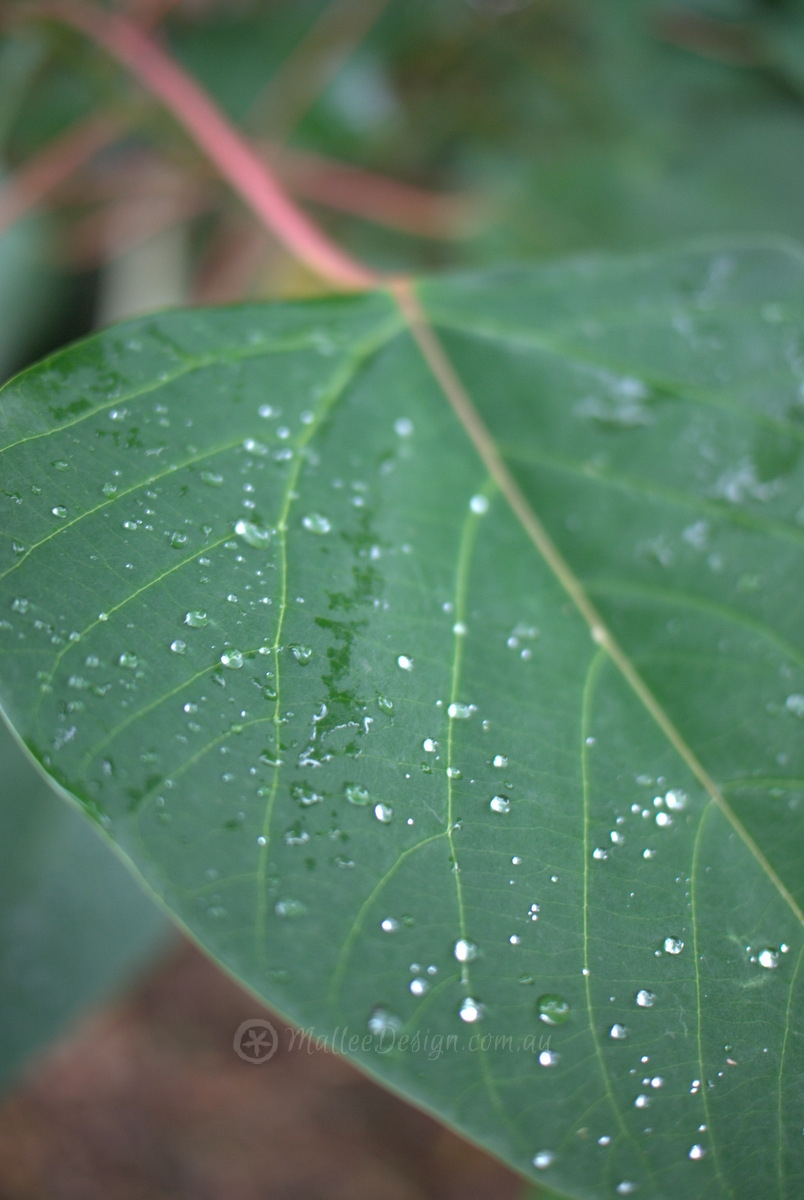
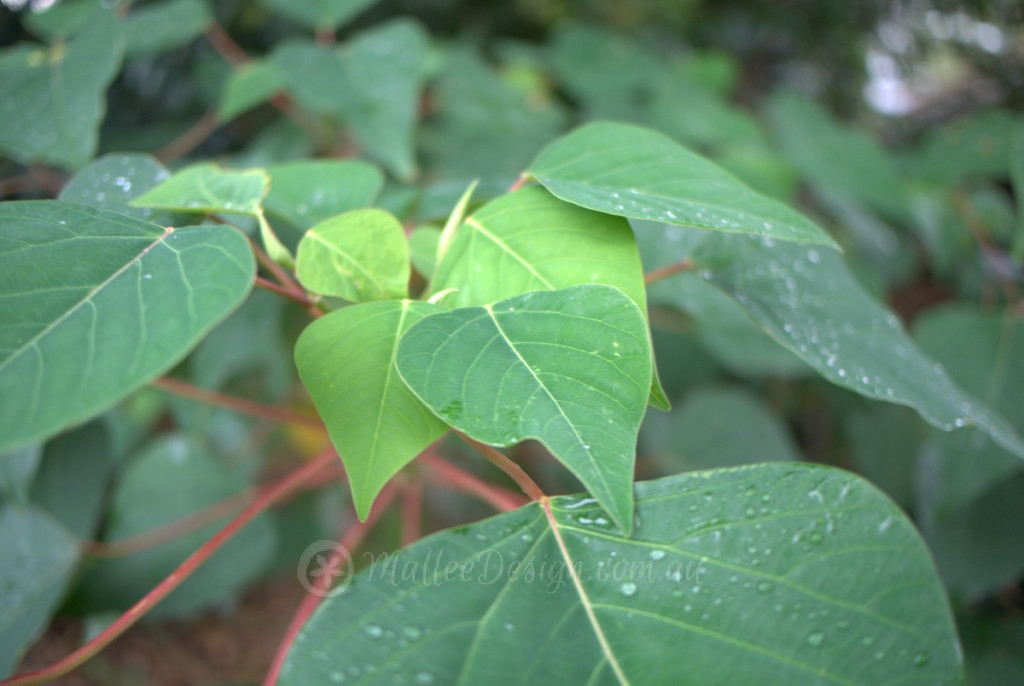
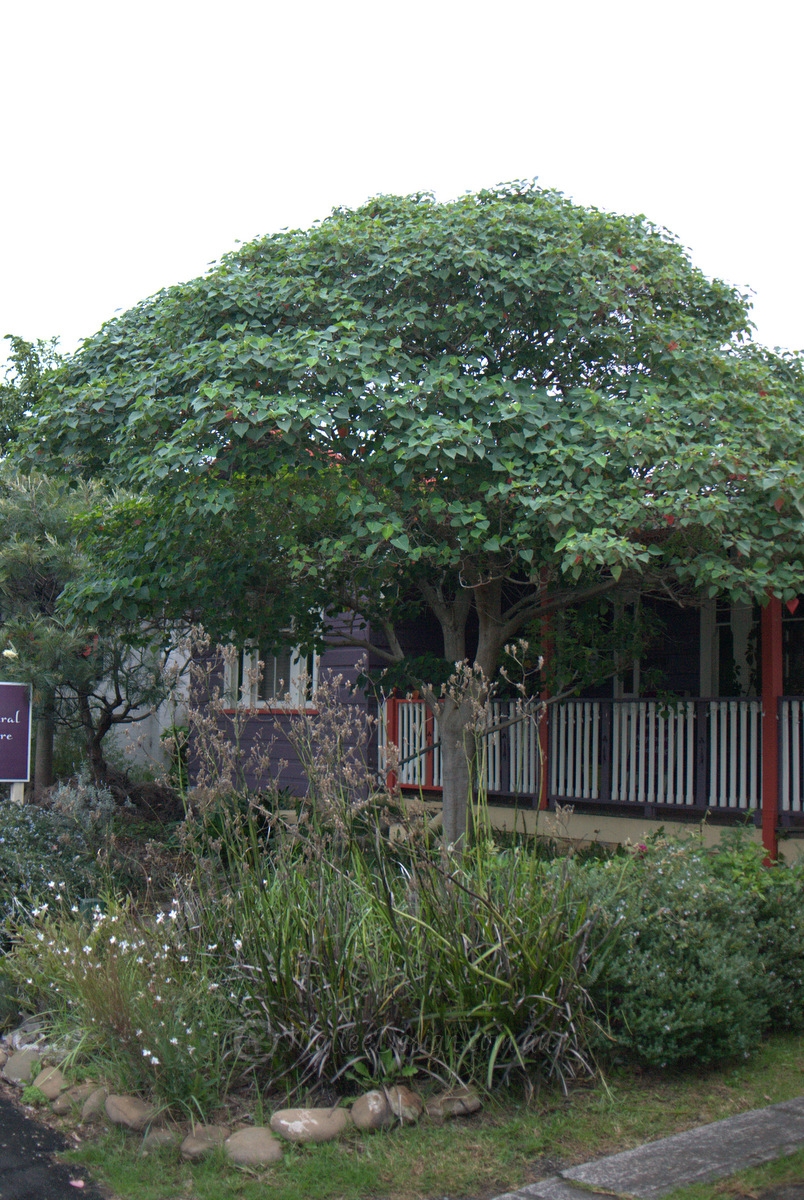
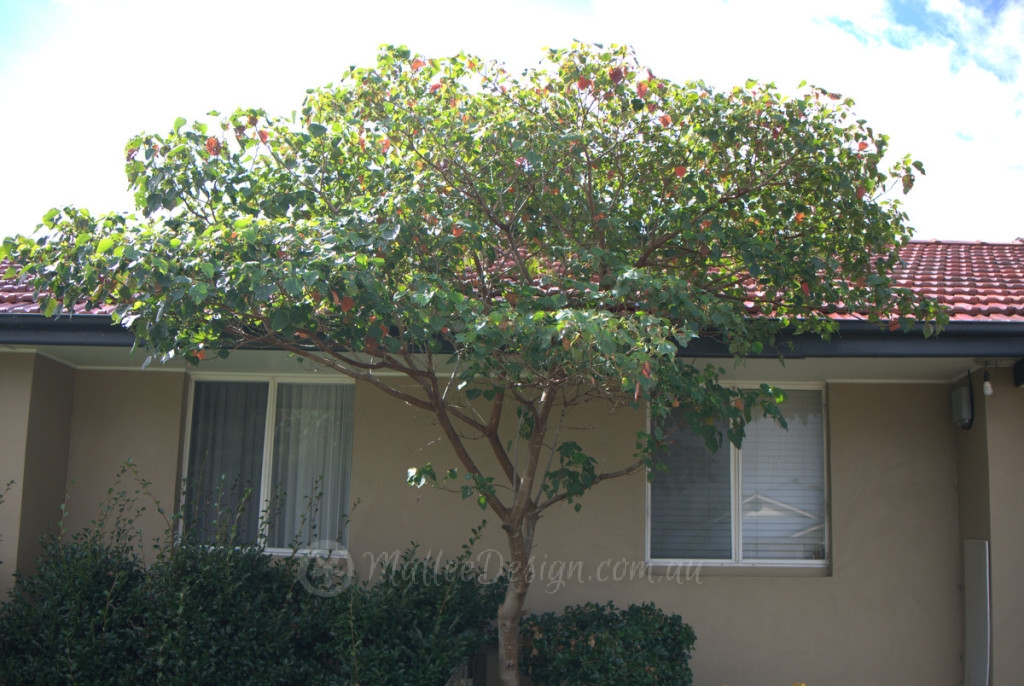
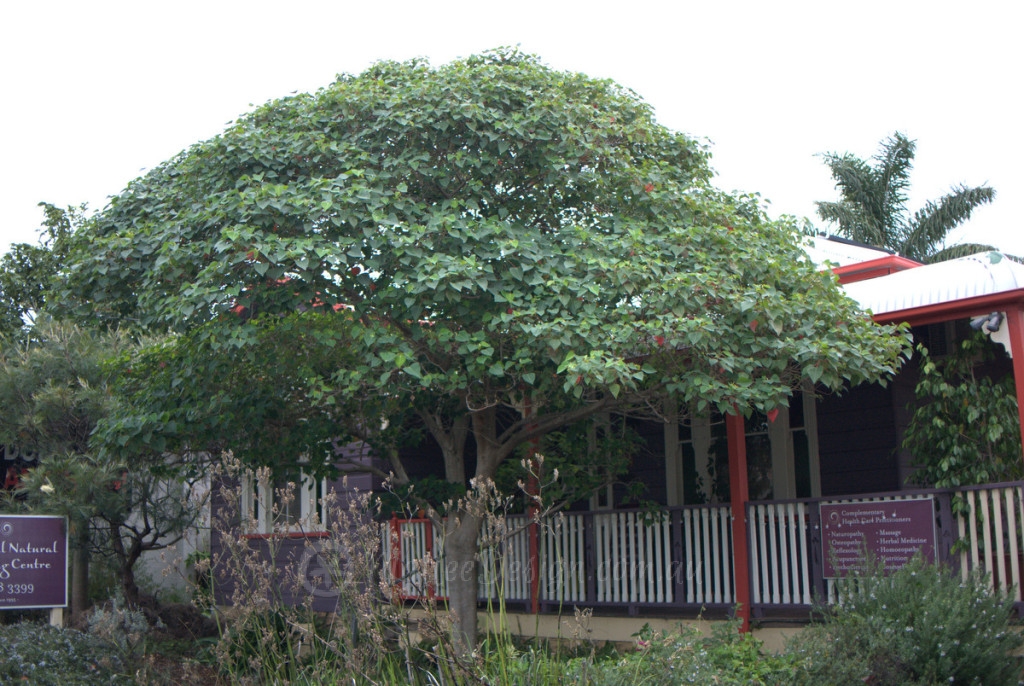
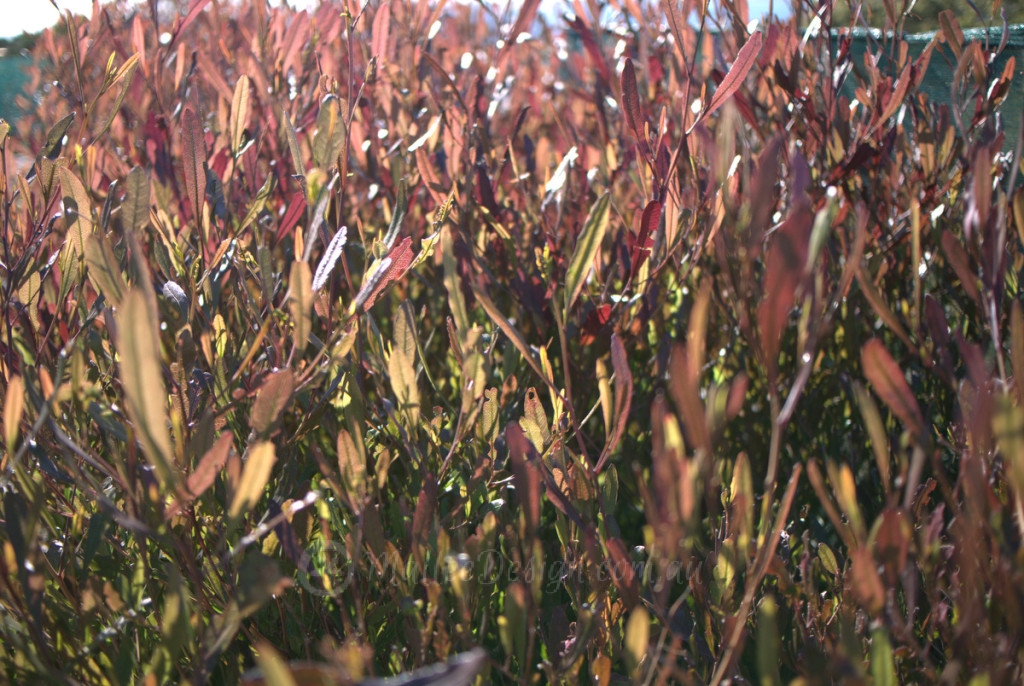
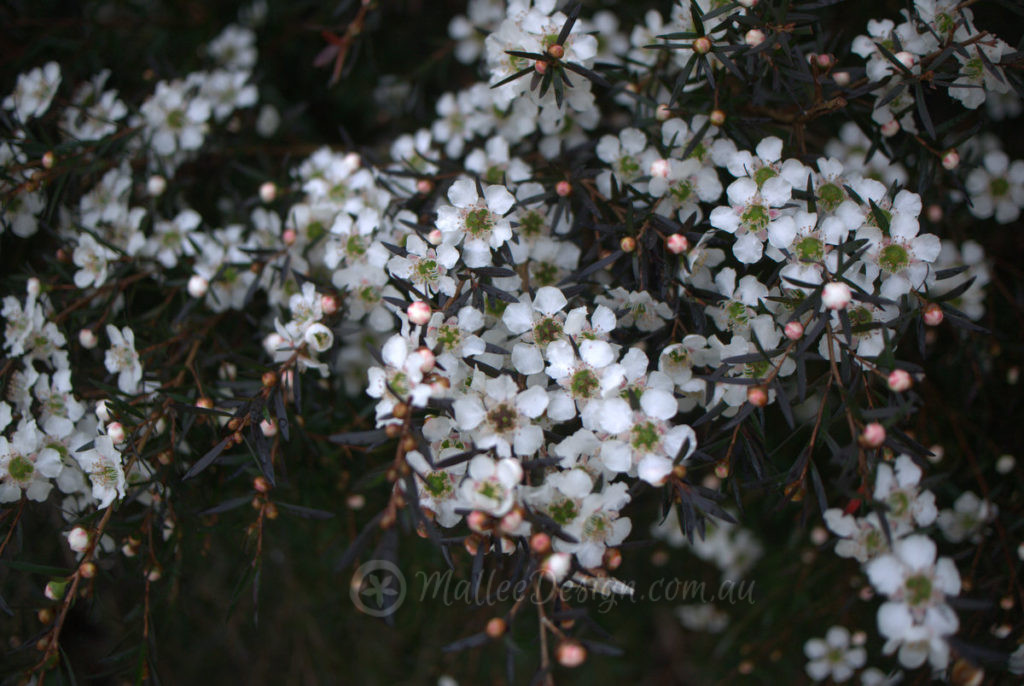
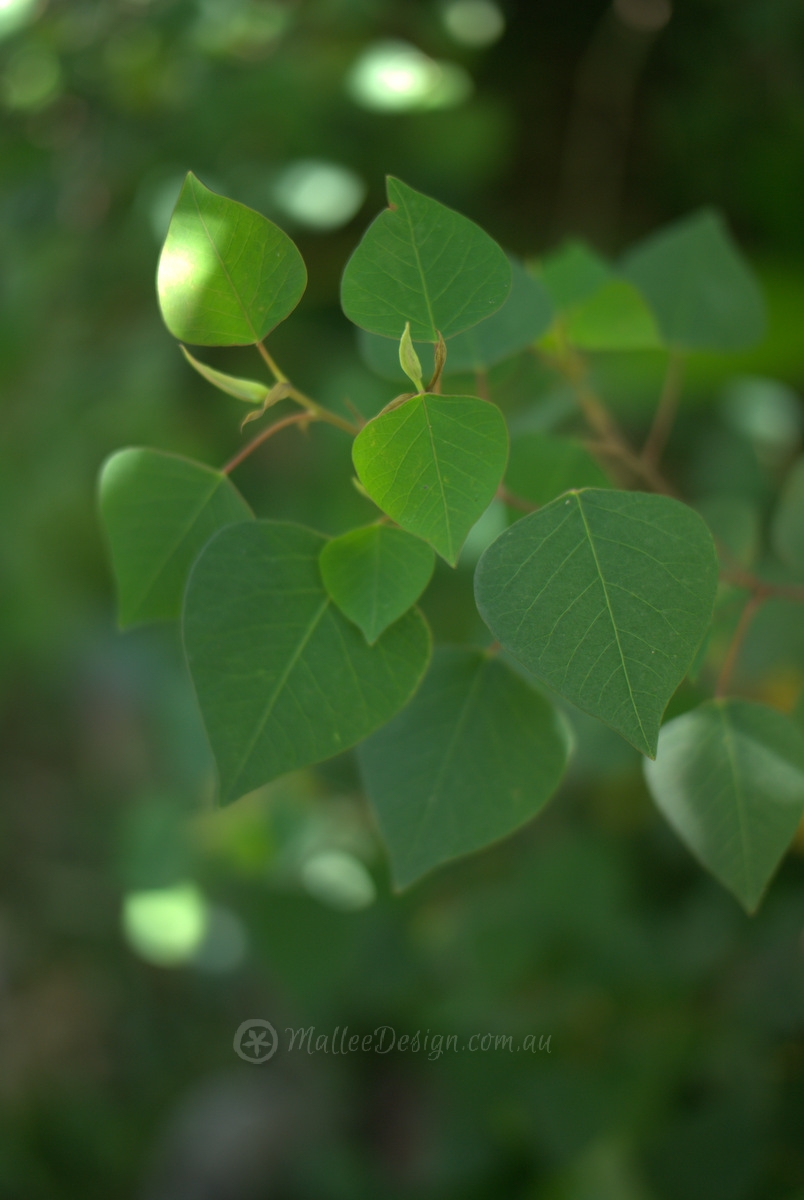
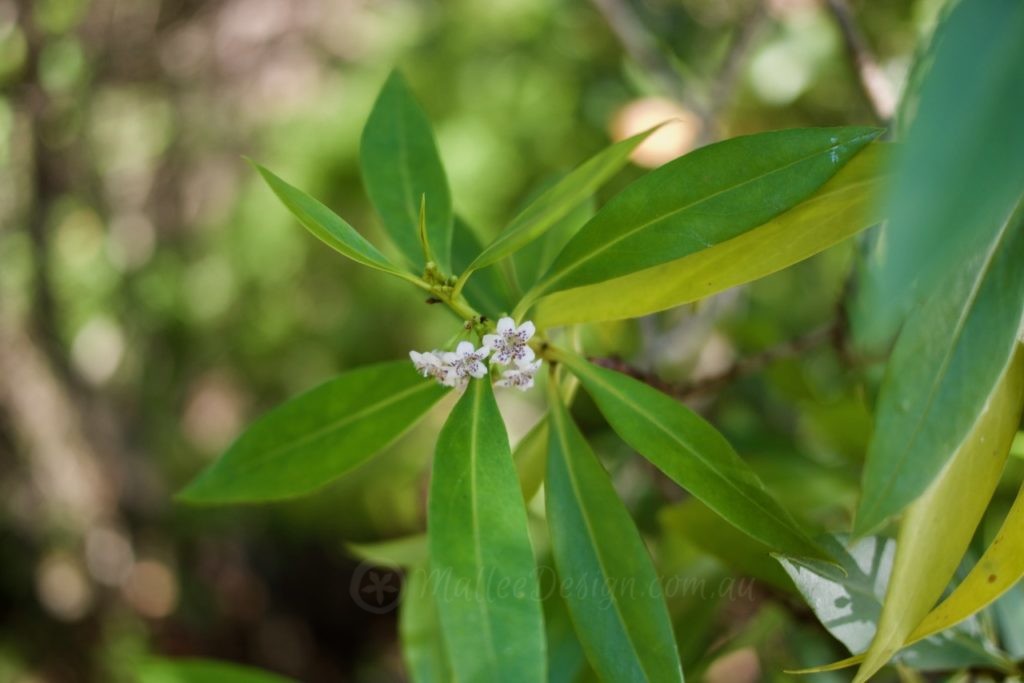
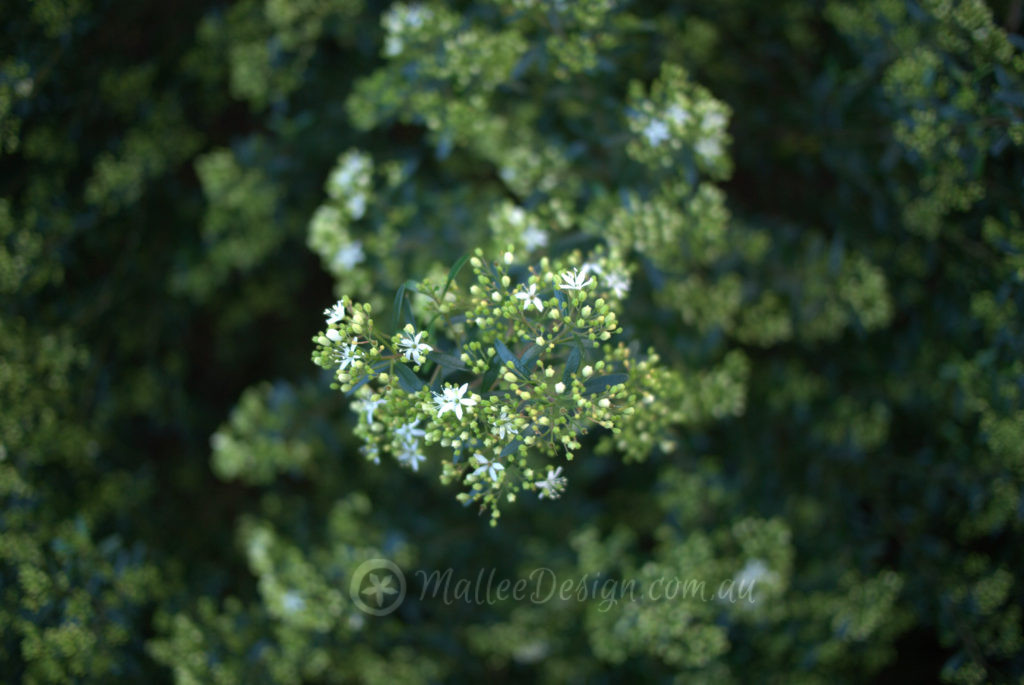
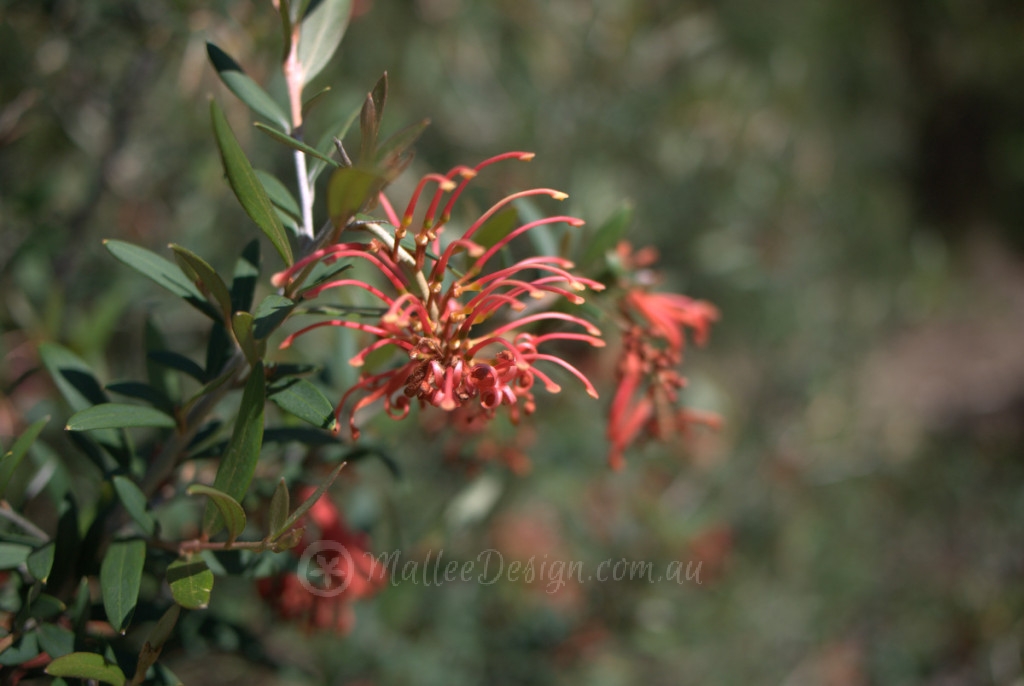
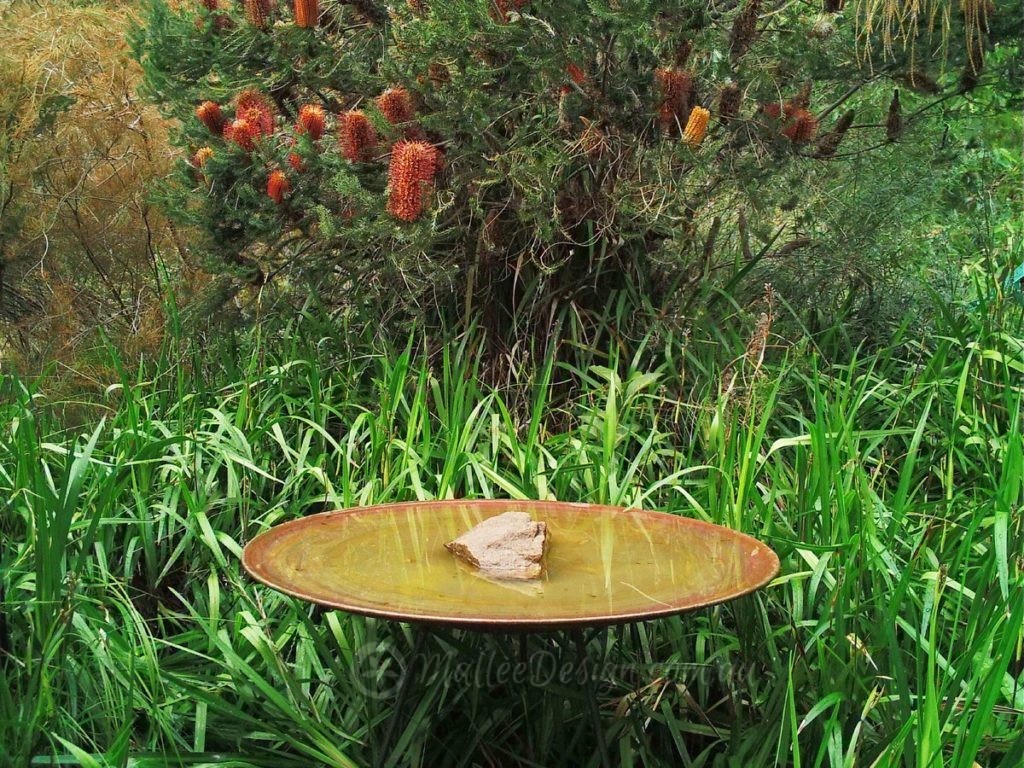
Leave a Reply